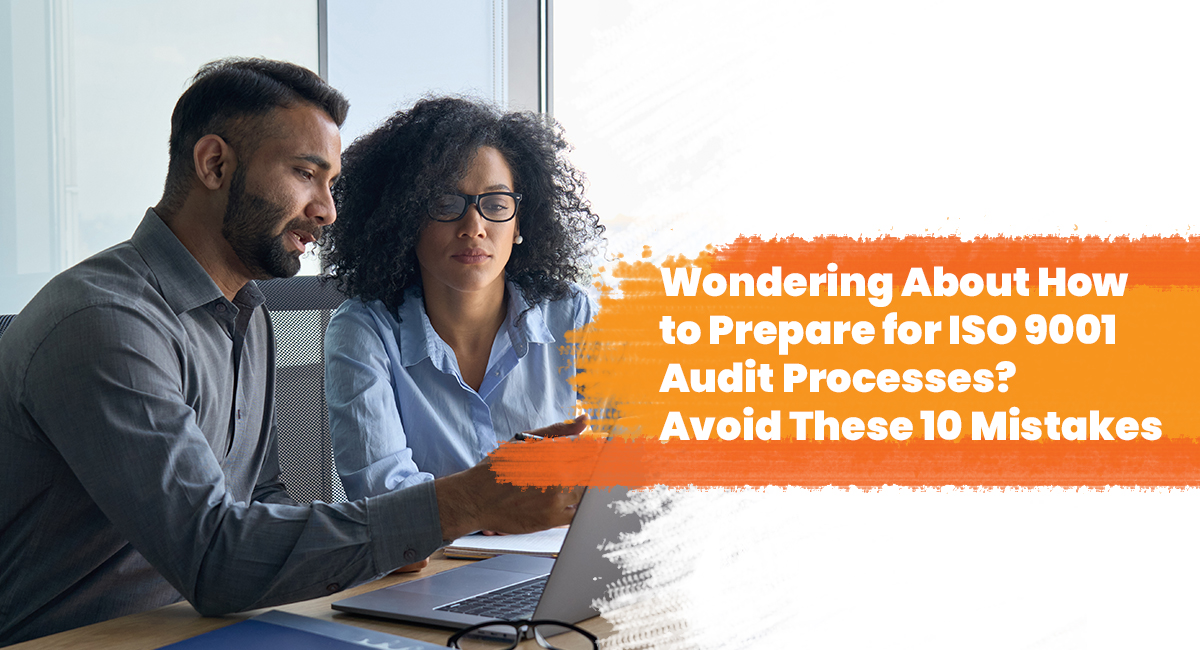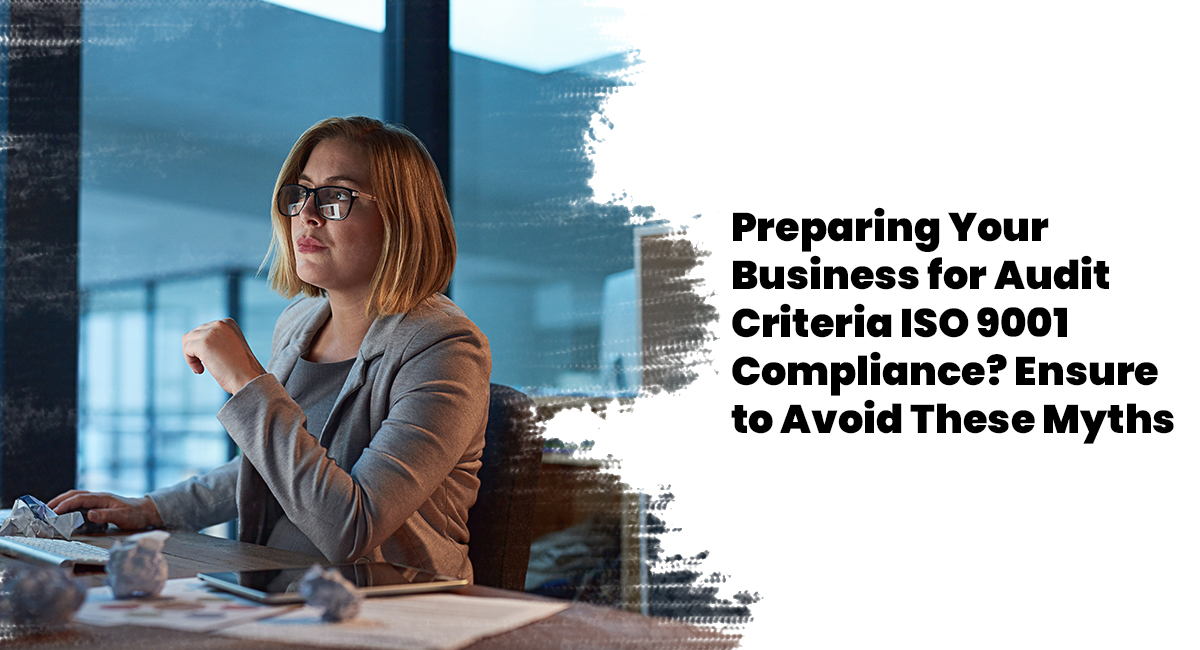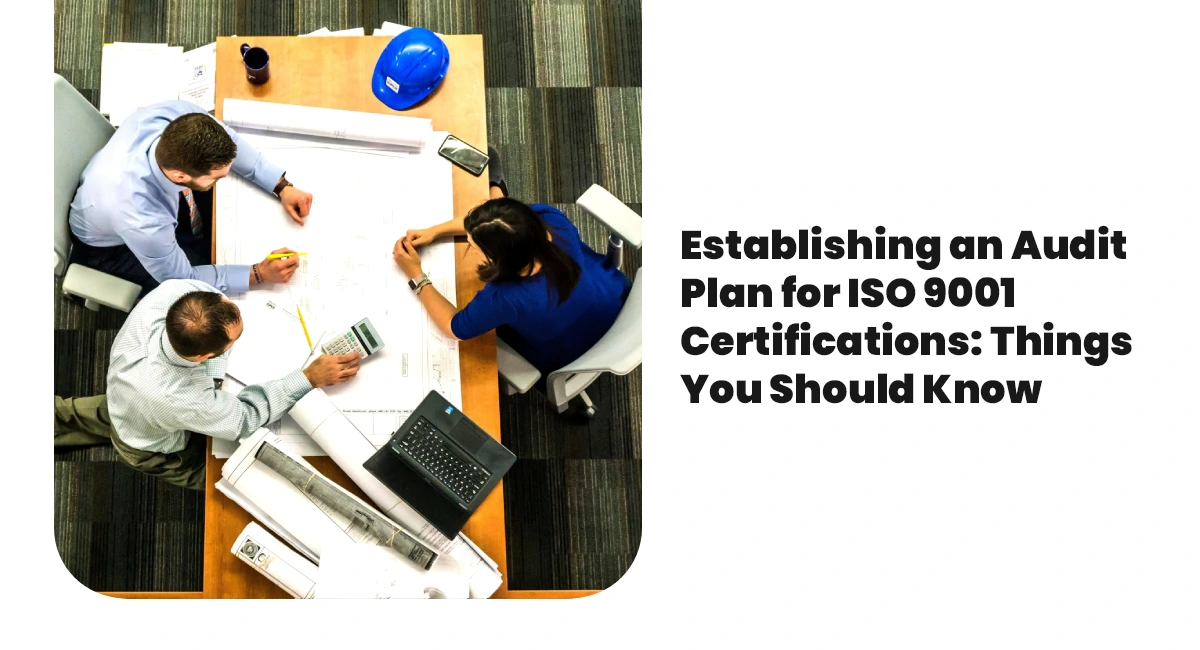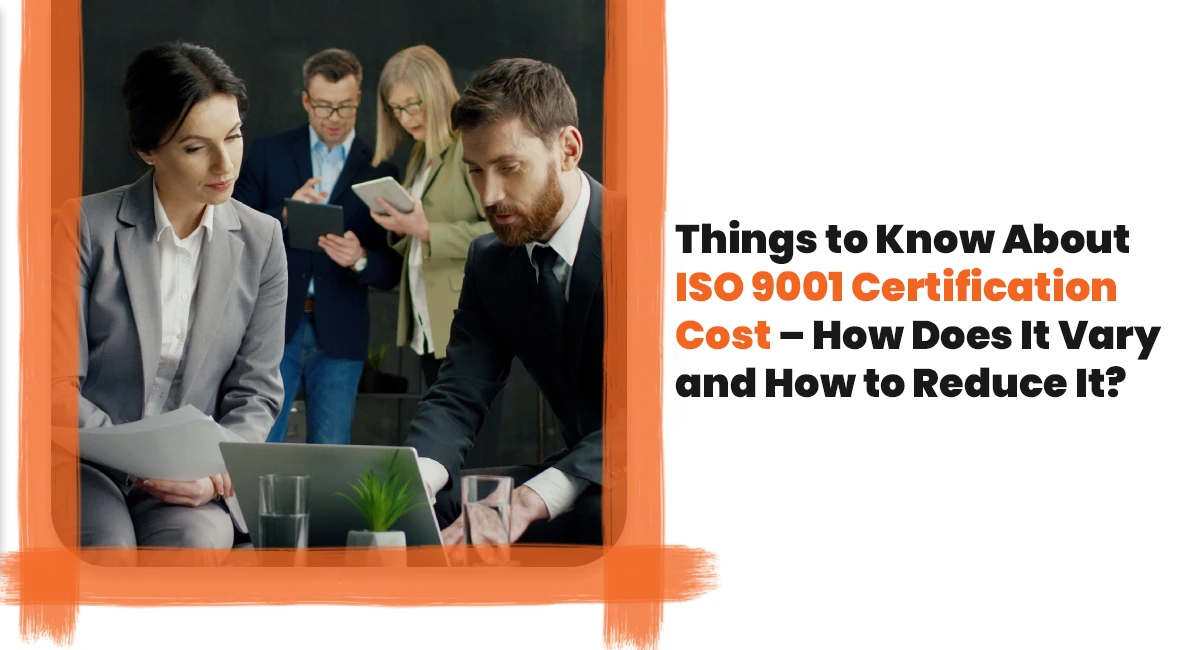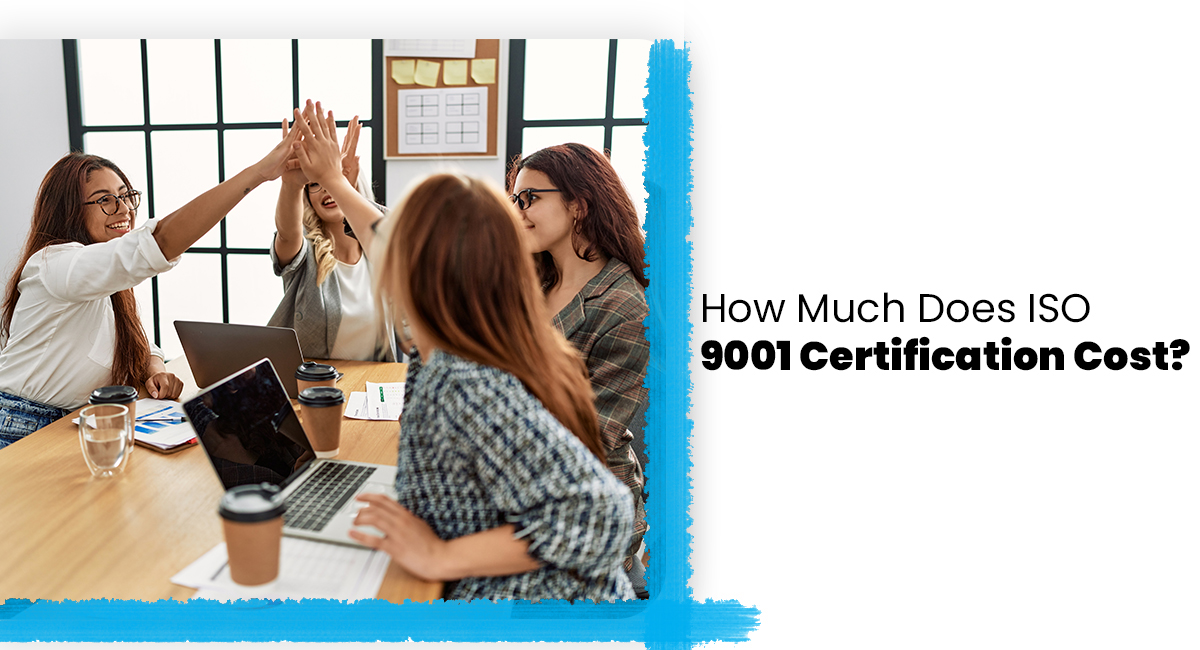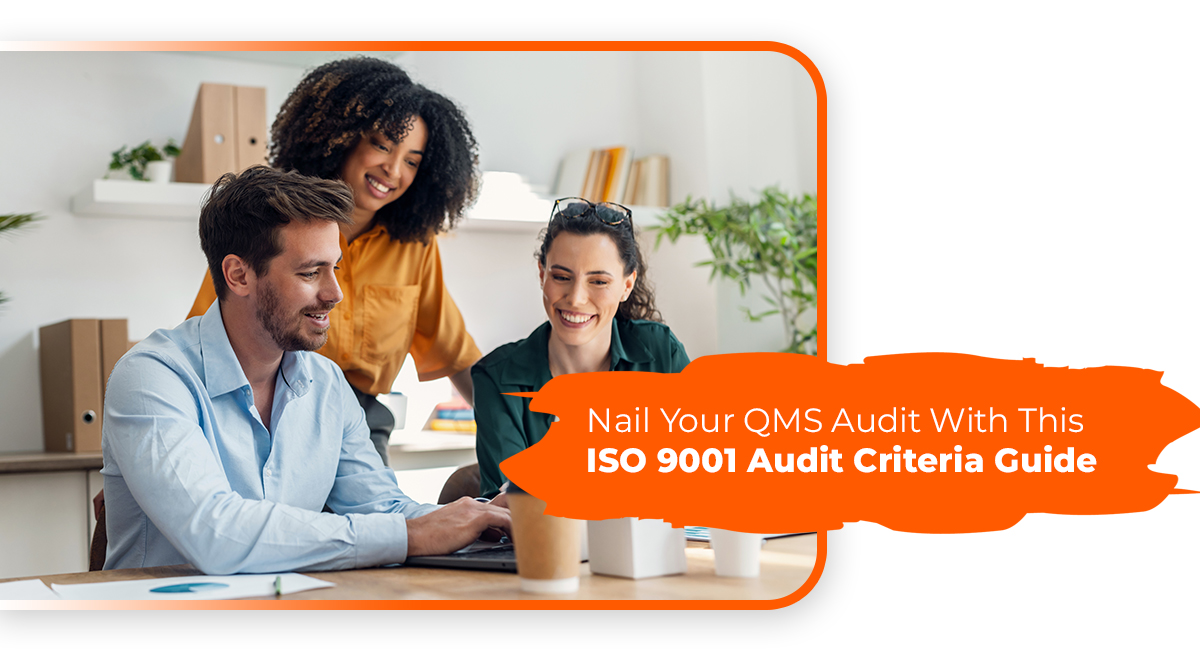Are you wondering what would be the right way to improve your business and gain more clients? Before spending money on promotions, consider getting your organization ISO 9001 certified. The ISO 9001 standard is internationally recognized for QMS (Quality Management Systems). Having ISO 9001 in place demonstrates high quality and safety of the products and services your business delivers. However, before proceeding with it, you should navigate through the cost of ISO 9001 certification to prepare your organization for ISO 9001.
Let’s discuss more about this in the following blog post.
What factors may influence the costs of your organization’s ISO 9001 certification?
They are as follows:
1.Expert Services
Many organizations opt to hire third-party ISO 9001 specialists to execute their QMS.
The fees of the third-party ISO 9001 experts may vary based on the nature of their jobs and their level of skills.
2.Complexity and Size of Your Organization
The costs for the ISO 9001 certification process are more for organizations with multiple locations, a significant number of people, and complicated procedures compared to single-sited companies with simpler procedures due to the scale of the ISO 9001 QMS certification.
3.Fees for Certification Bodies
Certification bodies must receive their payment to conduct the certification audit in your business for the ISO 9001 certification.
Different certifying bodies may charge different prices for their services based on lots of reasons, such as where they are located, the value of the certification, and their creditability.
4.Internal Resources
It’s essential for businesses to account how much assistance and time they will need to invest in putting a QMS in place and keep it up-to-date.
5.Initial Assessment
Experts suggest performing a gap analysis audit or initial QMS evaluation will be excellent before undergoing the ISO 9001 audit process.
Through the assessment, you can understand your organization’s QMS aspects better along with the improvements it requires to make the required adjustments for the external ISO 9001 audit.
The price of this assessment may change depending on the size and complexity of your company.
6.Surveillance Audits
The annual surveillance audits are conducted by the certifying body to ensure the continual ISO 9001 compliance in your organization.
It would be an ongoing expense for your organization after obtaining the ISO 9001 certification.
As it is an additional cost, it can increase the overall costs of the ISO 9001 certification.
7.Employee Training
It is crucial for organizations to provide the employees with proper instructions on the operations of the QMS and the ISO 9001 standard.
Depending on the number of your employees, this cost varies.
8.Recertification
Organizations must reevaluate their QMS after 3 years and pay additional fees to renew their ISO 9001 certification every three years.
This means you must go through the ISO 9001 certification process again and spend all the costs associated with the procedure.
Is there any way to reduce the costs of your organization’s ISO 9001 QMS certification?
Organizations often aim to reduce the cost of ISO 9001 certification without sacrificing the efficacy and quality of their QMS.
The following are some methods that can help you reduce your organization’s ISO 9001 costs:
1.Choose a Budget-Friendly Certification Body
When selecting a certification body for your organization’s ISO 9001 certification, consider your budget and look for certification bodies whose costs and services come under your budget.
Choose one that helps you preserve the brand reputation and ISO 9001 certification while fitting your goals and budget.
2.Streamline Information
You must ensure that your paperwork is pertinent and clear before conducting the ISO 9001 QMS audit process.
Steering clear of excessive paperwork won’t only help you improve the QMS but also reduce the costs of storage and printing.
3.Carry Out the Process Internally
If you have got a significant number of employees in your company, you can consider using your internal skills to build and implement your organizational QMS instead of paying outside experts.
Equipping and enabling your employees with pivotal responsibilities can reduce the costs of your organization’s ISO 9001 certification.
4.Prioritize What Matters the Most
You should concentrate your QMS efforts on vital procedures with bigger effects on quality and customer satisfaction.
It may lessen the extent of the ISO 9001 certification process and the related expenses.
5.Make Plans Early
You must properly plan your organization’s ISO 9001 certification in advance.
Rushing the procedures may result in inadvertent costs.
However, you must focus on customer happiness and product quality while cutting the expenses for the ISO 9001 certification process.
Take away
Are you preparing your company to get ISO 9001 certified? Implementing the ISO 9001 standard in your business procedures can benefit you in numerous ways. However, you should navigate the cost of ISO 9001 certification beforehand. There are various factors that affect the ISO 9001 QMS certification costs. Also, you can reduce the cost by following certain methods. We hope this blog post can help you understand it with the factors mentioned above. If you want more information on ISO 9001 certification, check out Blue Wolf Certifications and get in touch with our experts.
You should also ensure that any cost-cutting tactics are not affecting the efficacy of your brand’s QMS and ISO 9001 compliance.





